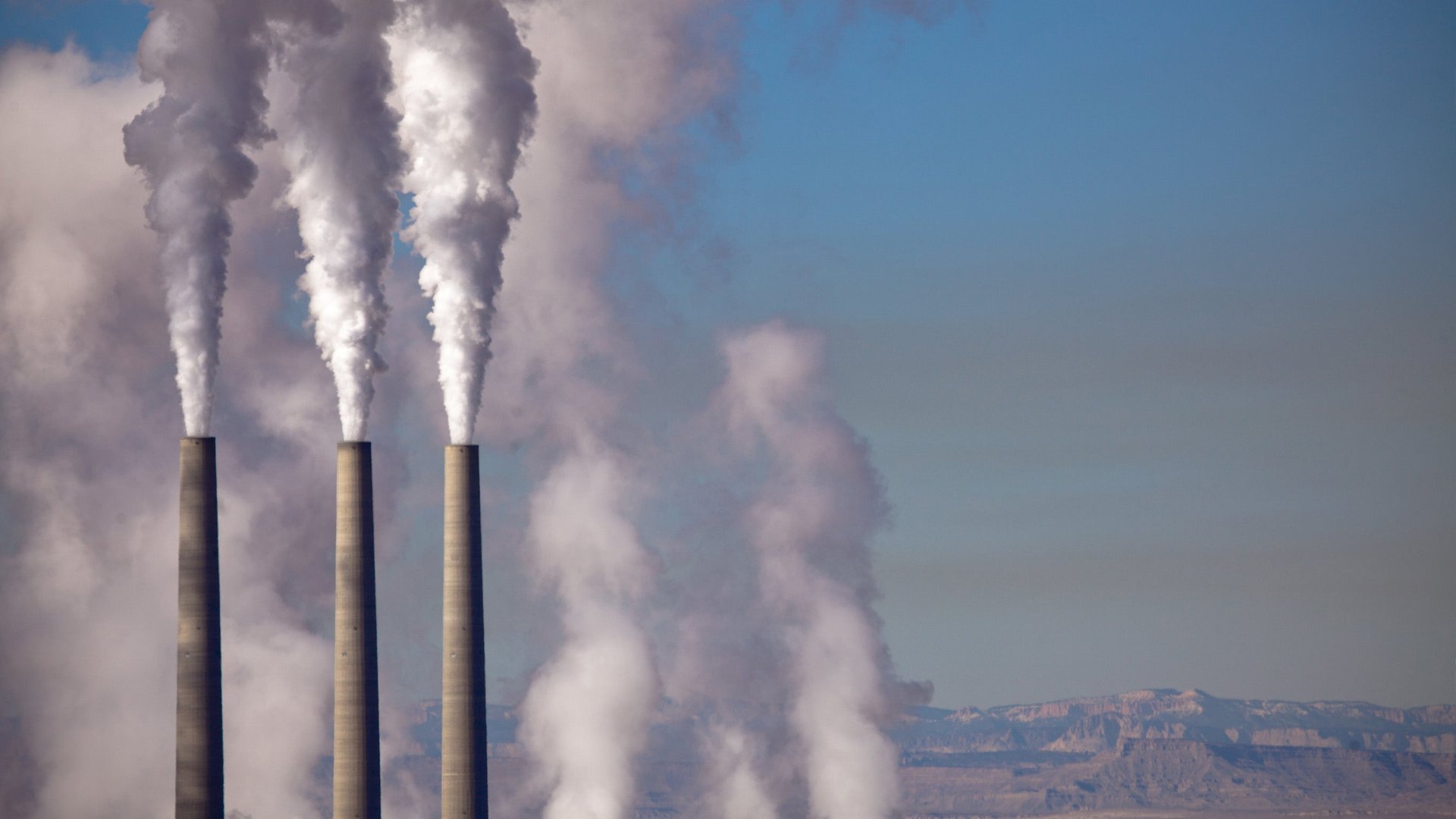The EU has spent nearly $500 million on technology to fight climate change—with little to show for it
In a report to be published later today, the European Court of Auditors will say that the EU spent more than €424 million ($486 million) over the past decade decade fruitlessly trying to establish carbon-capture technology. The EU considers the technology crucial to hit its climate goals, which will require the union’s member states to reach net-zero emissions within decades.


In a report to be published later today, the European Court of Auditors will say that the EU spent more than €424 million ($486 million) over the past decade decade fruitlessly trying to establish carbon-capture technology. The EU considers the technology crucial to hit its climate goals, which will require the union’s member states to reach net-zero emissions within decades.
Carbon capture traps emissions from power plants and chemical industries and buries them deep underground. The technology has been in commercial use since the 1970s, when oil companies used carbon dioxide to extract oil from depleting oilfields. Later, in the 1990s, Norway established a way to use the technology as a means to fight climate change, by burying carbon dioxide into saline aquifers, where it can remain for thousands of years. Carbon capture remains the only working technology that can be used to eliminate emissions from certain types of emitters, such as the cement industry. (Last year, Quartz published an award-winning series on the technology’s challenges and opportunities.)
The auditors’ report investigated two EU programs: the European Energy Programme for Recovery (EEPR), with a budget of €4 billion, and the New Entrants’ Reserve 300 (NER300), with a budget of €2.1 billion. Both were launched in 2009 after the financial crisis to aid economic recovery and move the needle on climate action. Their goals were specifically to support the deployment of carbon capture and storage (CCS) and new types of renewable energy. (This article will focus on CCS spending. The report has details about the other investments.)
To date, the EEPR has spent €424 million on six CCS projects in Germany, Poland, Italy, the Netherlands, the UK, and Spain. “Four out of these six co-funded projects had ended after the grant agreement was terminated, and one project ended without being completed. The only completed project did not represent a commercial size CCS demonstration project,” the report concludes. Though some CCS projects were awarded NER300 grants, none were completed and thus the grant money was never spent.
“We conclude that neither of the programmes succeeded to deploy CCS in the EU,” the auditors write. The reasons for failure are tied to uncertain regulations and tight project requirements. In other words, the auditors conclude, the EU underestimated the hurdles in commercializing a nascent climate technology.
CCS suffers from a catch-22 problem. It is expensive because it hasn’t been widely deployed, but it hasn’t been deployed because it remains expensive. The way to address this is for governments to intervene and mitigate the financial risk of first-of-a-kind projects. The good news is that the EU will replace NER300 with an “Innovation Fund,” which may have a much larger kitty (up to €10 billion) and it will take on board the mistakes made earlier.
If the EU were looking to fund a CCS project right now, advocates for the technology say that there is a clear target, in Norway. The country currently has the only two commercial CCS projects in Europe, and it is currently working on developing a third. The Northern Lights project will capture emissions from a cement factory and a waste-to-energy plant, then ship those emissions to a northern shore where it will be piped underground in the Norwegian shelf. As a bonus, if the project is completed, Norway will also open up its pipes for other countries to send emissions to be buried.
More importantly, at a recent event in Oslo, Ingvil Smines Tybring-Gjedde, Norway’s deputy minister for oil and energy, made it clear that the country will only finalize the project if it gets EU funding. It’s not that Norway needs the money, but because it wants the EU and its members to demonstrate their interest in the technology.